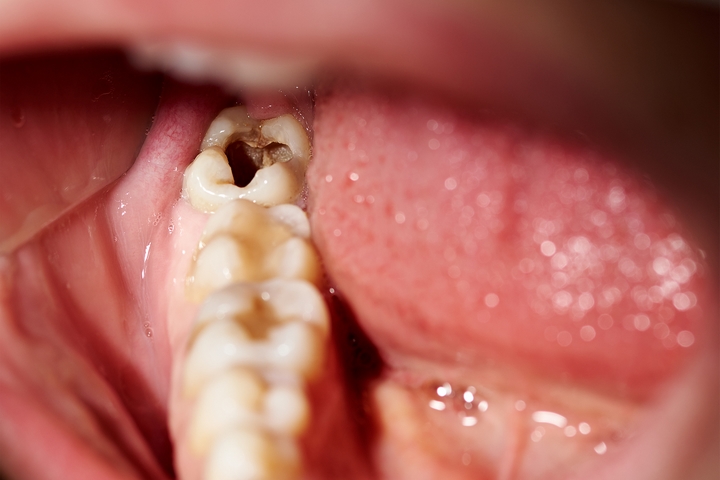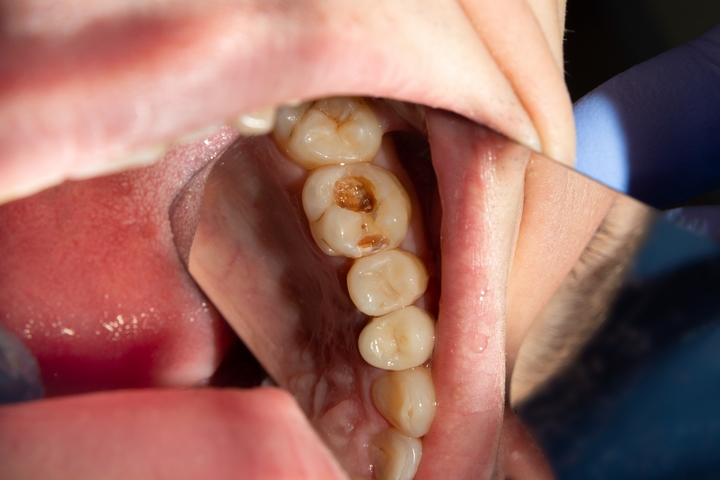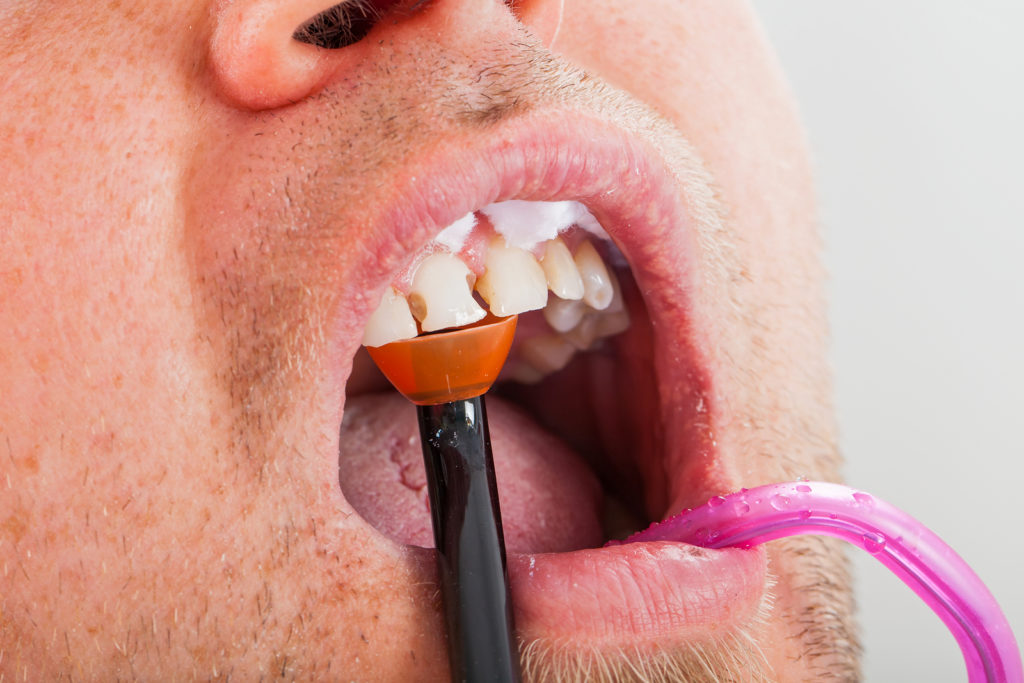
A cavity is essentially a hole in your tooth caused by bacteria. Normally your teeth have a strong protective barrier of enamel, but it can be eaten away by many different factors. Without treatment, cavities can turn into serious issues that can cause you to lose a tooth.
There are many different causes and factors that contribute to the development of cavities. Enamel is a protective tissue that helps protect your teeth. Your enamel can be weakened by poor brushing habits, poor diet or by gene expression that causes weaker enamel structure.
Fortunately, most cavities are caught early on which makes them easy to treat. If you are looking for how to treat cavities naturally, we will discuss three different types of cavities and their respective treatment plans.
1. Pit And Fissure Cavities

Pit and fissure cavities occur at the surface level which makes them quite common. These types of cavities are caused by plaque and food getting stuck in crevices and grooves on the tops of your teeth. Pit and fissure cavities are especially common in adults and children who don’t brush as often as they should.
Pit and fissure cavities are most common on the rear molars as these teeth have the most grooves and dips. The grooves and dips help you chew but also allow food to get stuck which can be hard to remove even with a toothbrush. The bacteria that causes pit and fissure cavities destroy your enamel every time you ingest sugar from food and drinks.
Treatment
If you can catch this type of cavity early on, your dentist can use sealant or fluoride to treat the issue. However, the deeper the cavity is, the more drastic measures you have to take. If there is significant decay, your dentist will have to remove the decay and repair the tooth with a filling or possibly a crown.
Avoiding simple habits can help you decrease your risk of developing a cavity:
- Avoid letting your mouth get super dry
- Avoid constant snacking
- Cut down the amount of sugar in your diet
- Try and brush after every meal possible
- Don’t put off your dentist appointments; routine checkups help reveal problems early
2. Smooth-Surface Cavities

Smooth surface cavities occur on teeth near the gumline, either on the front or back surface of the tooth. These types of cavities occur in places where plaque is able to collect such as between teeth, along the gumline and in difficult to clean areas. Many people who get these types of cavities get them on the sides of their mouths. Smooth surface cavities grow slowly which makes them easy to control with regular brushing and flossing.
Treatment
Because smooth surface cavities grow slowly, they’re quite easy to treat. Simple fluoride treatments such as fluoride enhanced gel, toothpaste or water can be used to fight the cavity. Because of the location of smooth surface cavities, it will take a long time for the surface enamel to break. Sometimes these cavities can occur in between teeth which can be treated with fluoride as well, but sometimes a filling is necessary.
If you can catch a cavity developing early, the treatment process will be much easier than normal. Toothaches are one of the most popular symptoms of a cavity. Feeling increased pressure on your teeth and increased sensitivity when biting down can also be signs of a cavity developing. Other signs of sensitive teeth can include sensitivity when drinking hot, cold or eating extremely sweet foods.
3. Root Cavity

Root cavities are the most severe type of cavity. Root cavities occur on the surface of your tooth’s roots which can pose serious health problems. These types of cavities are common in people who have gum recession and other gum disorders. Root decay occurs when bacteria has time to eat through the surface of your teeth and start eroding the root. It’s important to address this type of cavity as soon as possible since the roots of your teeth don’t have a protective layer of enamel.
Some people are also born with teeth that have deep grooves which makes it easy for plaque to build up. Teeth with deep grooves make it harder to clear all the bacteria out of your mouth properly. Your saliva also plays a role in either killing cavity-causing bacteria or helping it thrive. Depending on your diet, your salvia can either help or hurt the development of cavities.
Treatment
If you can catch a root cavity early, your dentist will be able to remove the decay and fill the space with a filling. Addressing root cavities as soon as possible is important to make treatment less strenuous. If the cavity decay has reached the pulp of your tooth, your dentist will need to execute root canal therapy.
